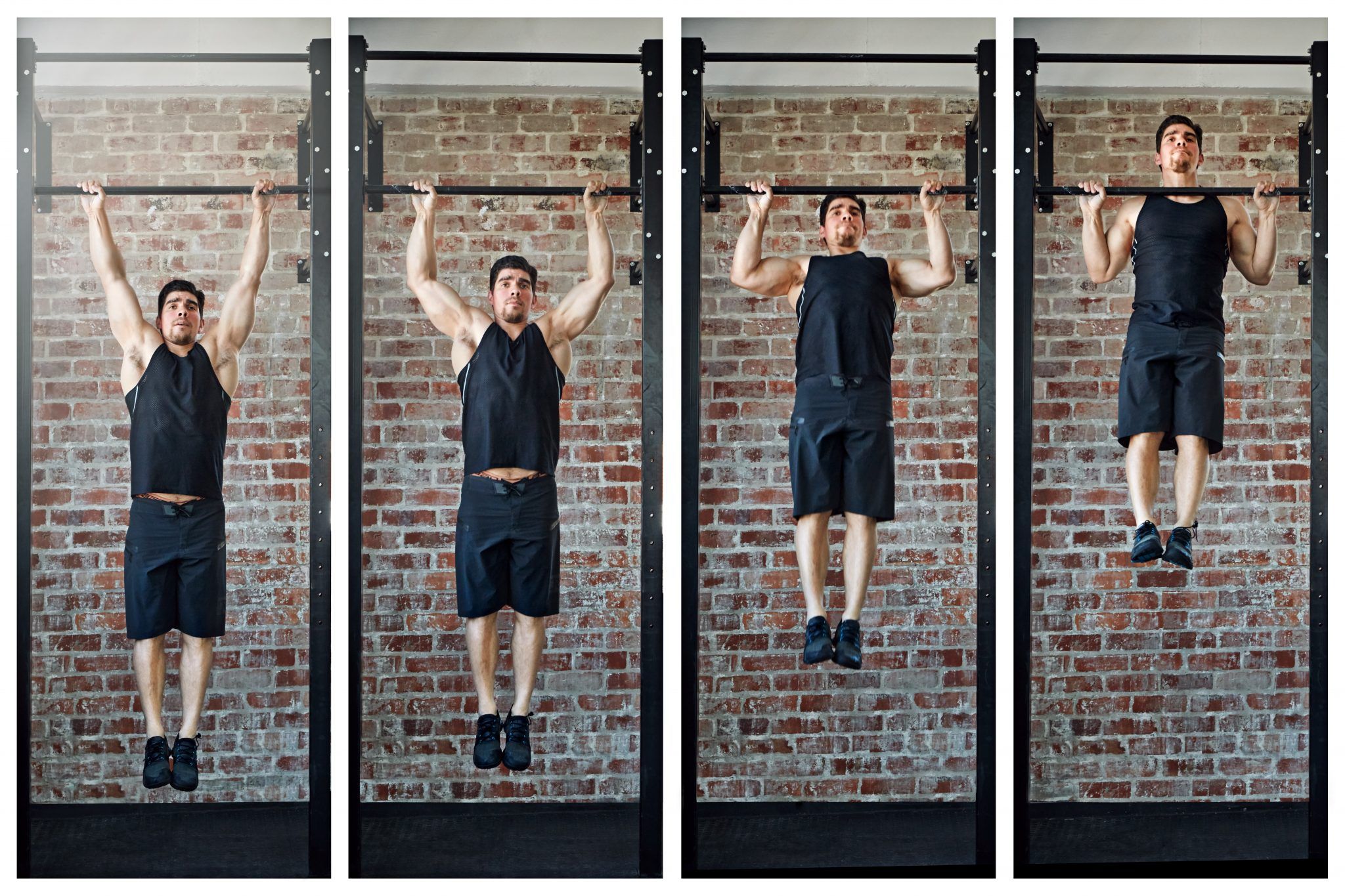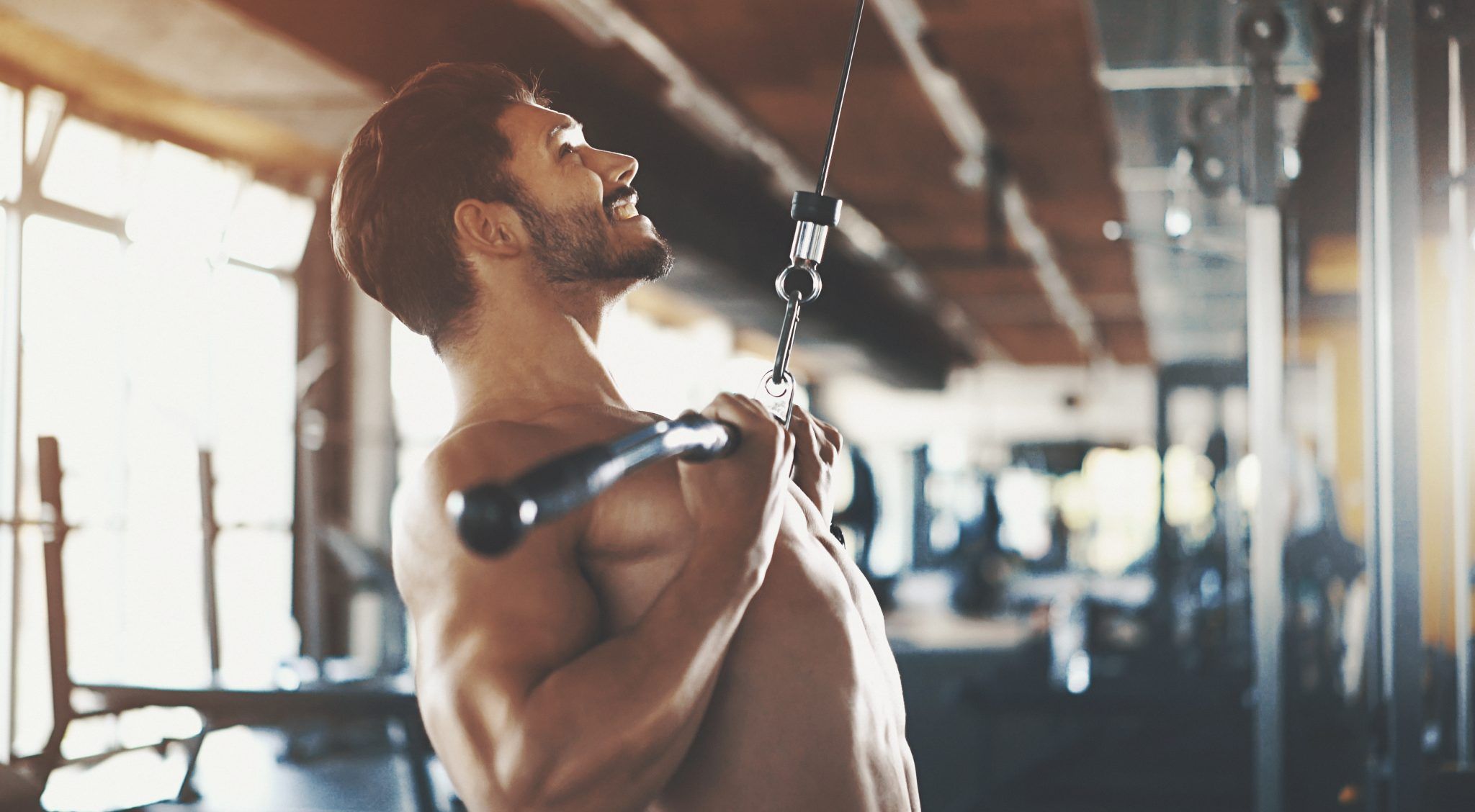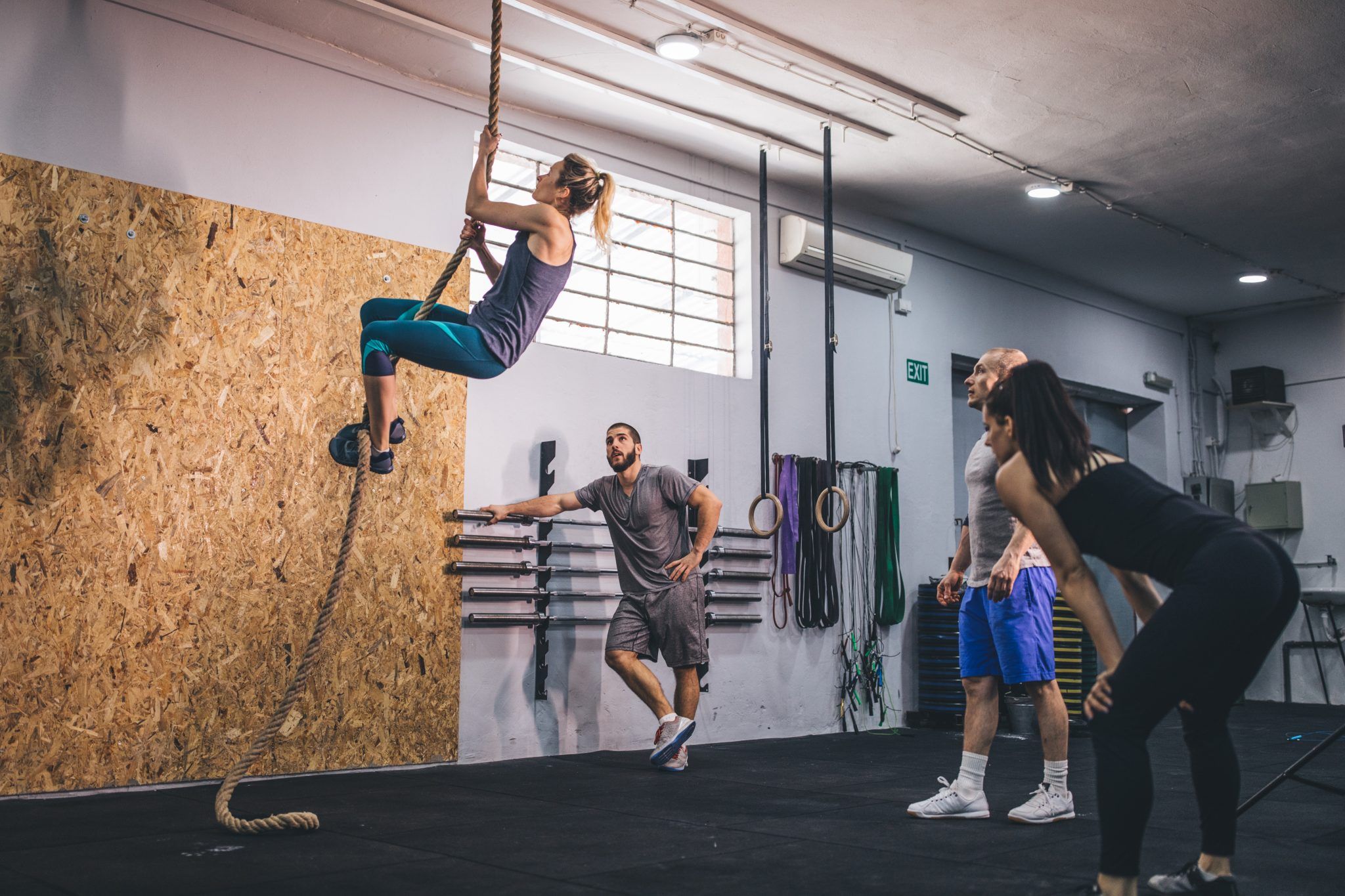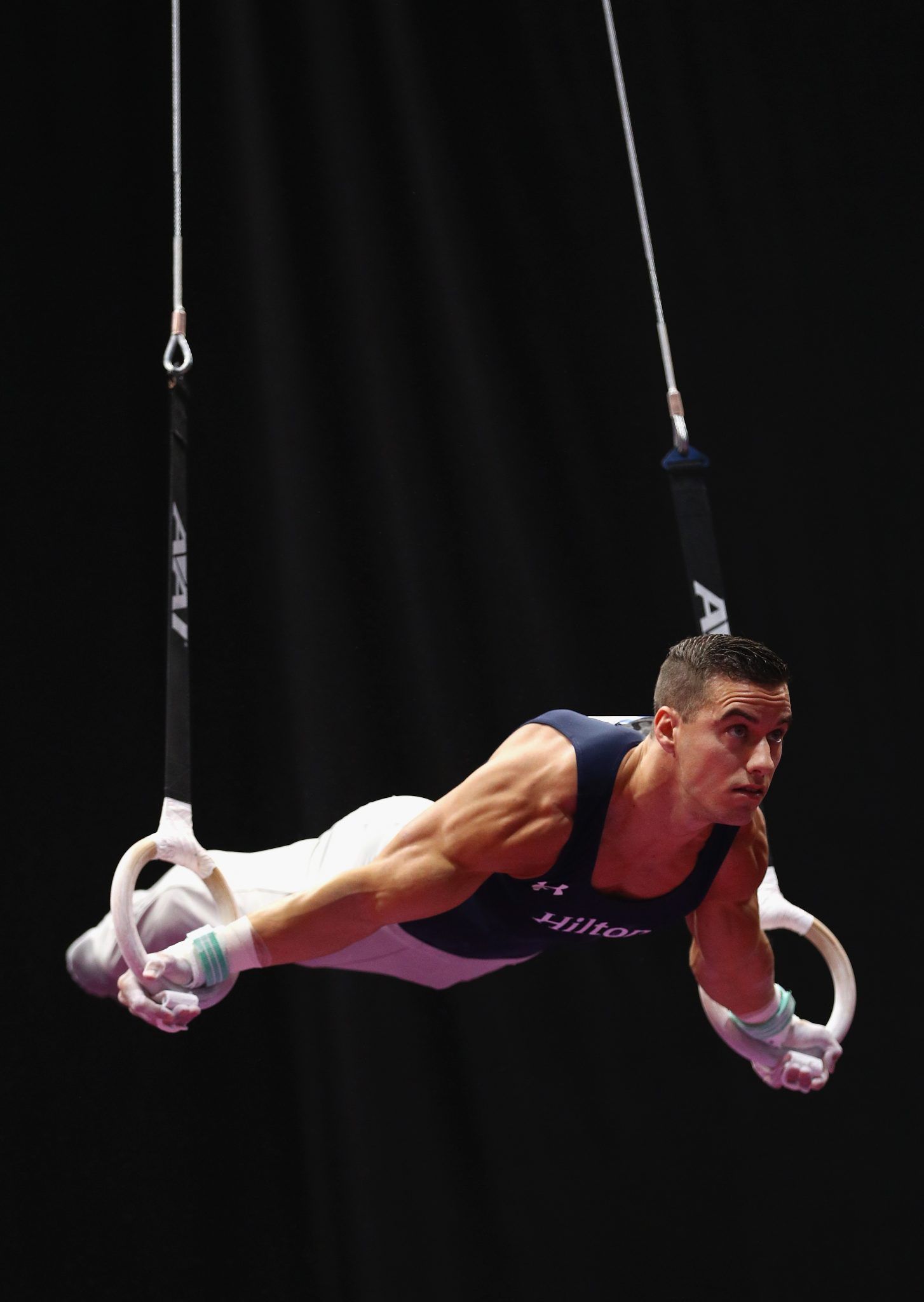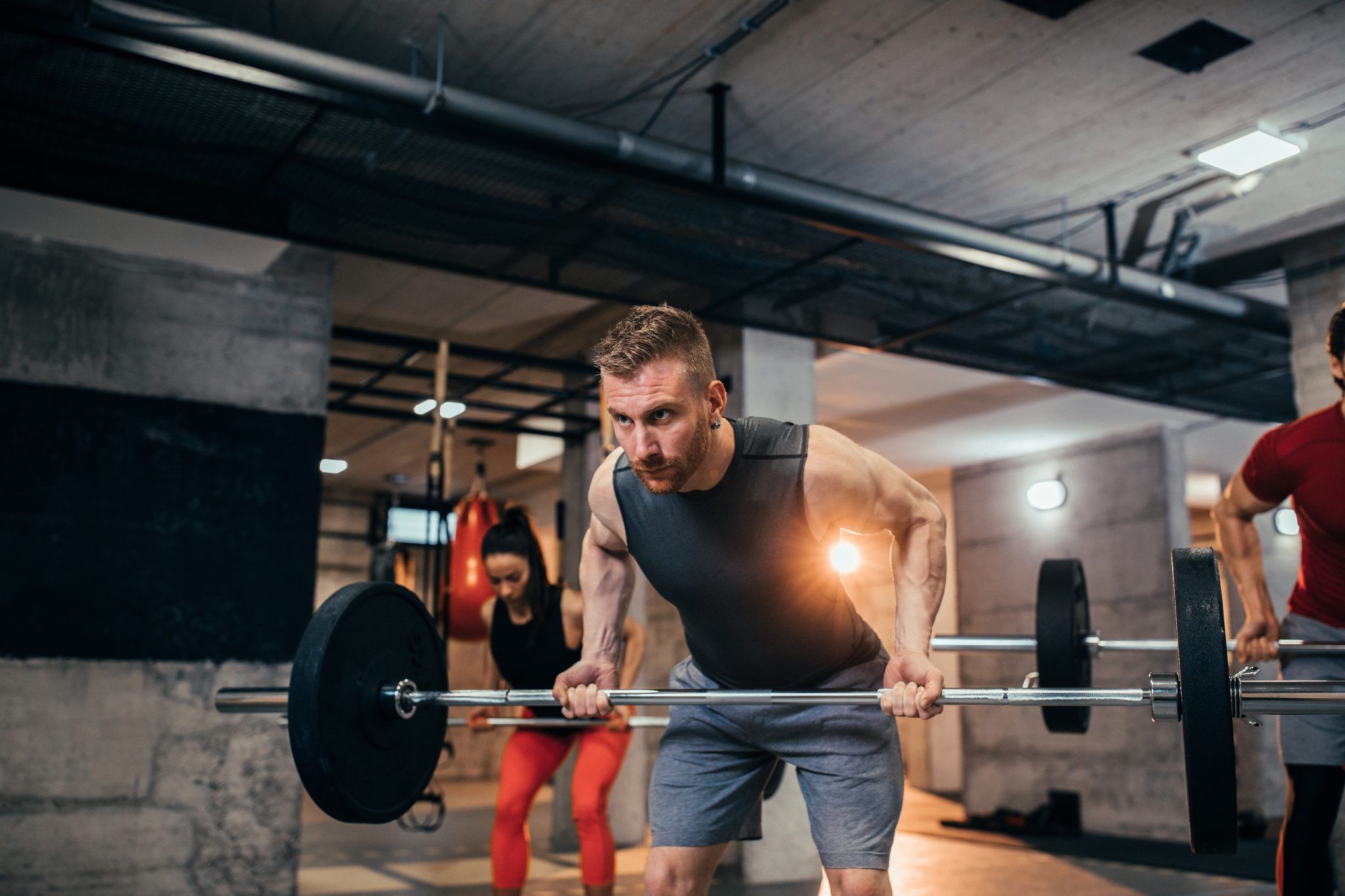We all know someone whose lifting routine revolves almost entirely around bench press and bicep curls
These exercises are best for muscle growth, right? While they will undoubtedly build some size, in the case of your biceps the curl is far from essential.
When looking to build bigger guns, you should acknowledge that the tricep takes up two thirds of your upper arm. If sheer size alone is your goal, prioritise tricep training first.
In terms of working the biceps specifically, realise it’s composed of two heads – hence the ‘bi’ in biceps:
- The main bicep head: biceps brachii
- Brachialis: beneath the main bicep muscle, this adds to the width and thickness of your arm
The biceps are also used as assistance muscles in many ‘pulling’ exercises that work other muscles such as your back (lats), traps and forearms.
Here are a few of the best:
Pull-Ups / Chin-Ups
- While primarily a lats builder, the pull-up also recruits an enormous amount of bicep and forearm muscle
- Focus on retracting your shoulder blades and squeezing your lats
- Your chin must finish at least level with the bar
Lat Pulldown
- The lat pulldown is essentially a ‘pull-up lite’, working all the same muscles as the previous lift
- You can switch things up for increased bicep stress by using a supinated (underhand) grip – as shown above
Rope Climbing
- A full body exercise in every sense, the rope climb recruits virtually every muscle in your body – and the biceps are right at the top of the list
- Pulling levers such as the bicep and forearms are responsible for generating the force and power needed to get you to the top
- But a sturdy grip also ensures you don’t come crashing down
Gymnastics
- Gymnastic transitions may not seem the most obvious bicep builder, but you only have to look at top Olympic competitors to see how well they work
- Gymnasts hold their biceps in a state of contraction for a hours on end, every training day
- This is known as an ‘isometric’ contraction, and when used correctly can blow your biceps up like balloons
Barbell Row
- Rows feature in most training plans as a means of adding thickness and size to the back
- They’ll certainly do that, working many muscles such as the lats, traps and rhomboids
- But when you adopt an underhand grip such as depicted above, you’ll also experience a strong level of bicep tension
- Just make sure you lift a little lighter than you would with an overhand grip. The biceps are only a relatively small muscle, so you don’t want to risk a tear by putting them under excessive stress

